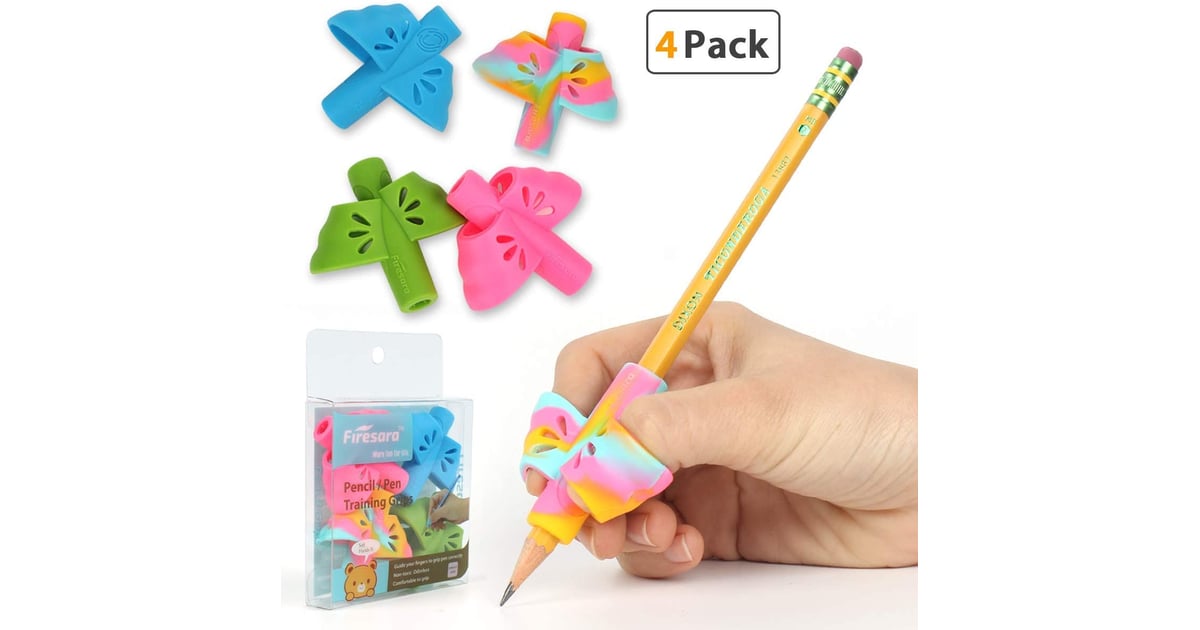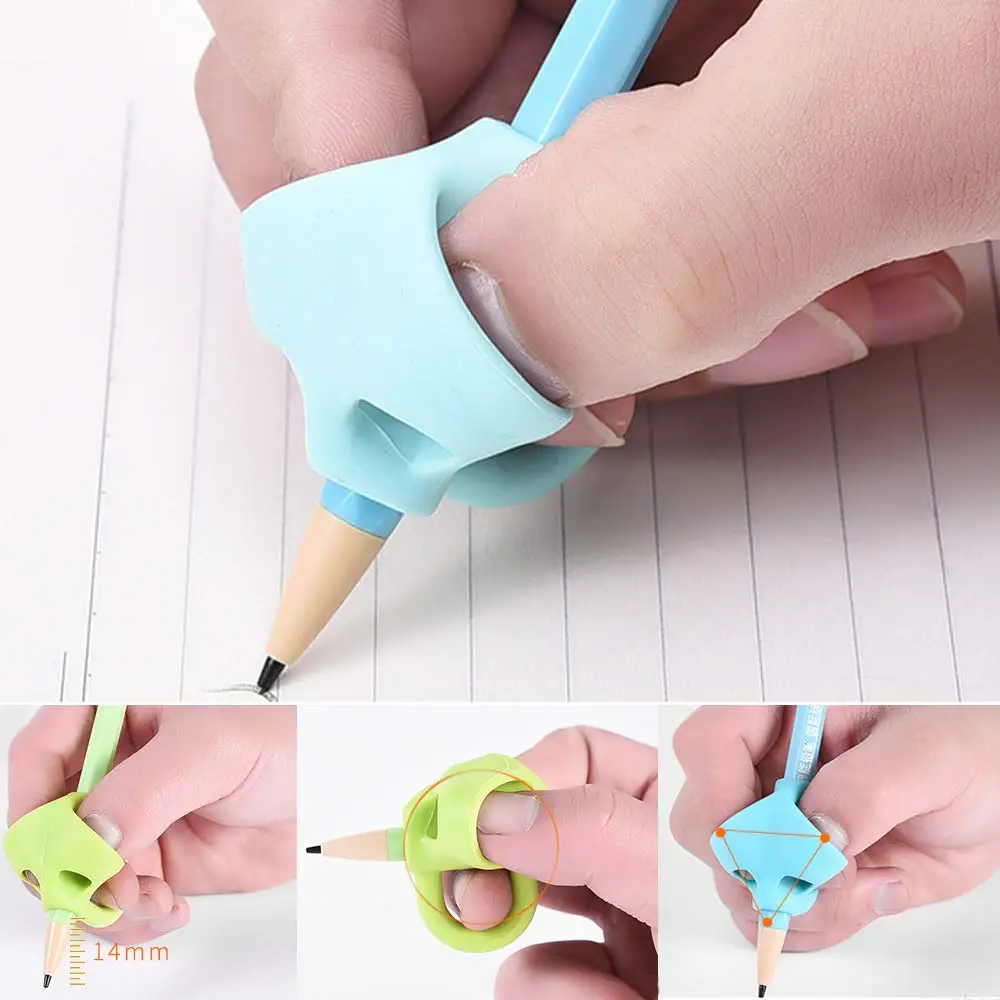

As I constantly update the videos, I also recommend that you subscribe to our Youtube channel or join our newsletteror follow our Facebook page so you receive notifications when new videos are released. All reviews are independent and GriffinOT does not receive payment or endorsements from any companies.

It also reviews different pencil grips that are commercially available in the UK. This page provides a discussion on when a pencil grip might be helpful. If you are looking for specific activities and worksheets to help children with their pencil grasp then we also recommend our resource Supporting Pencil Grasp Development.
#Three finger pencil grips how to#
The post also gives ideas on how to help children with a very immature pencil grasp. It provides some ideas on how to help a child to improve the way they hold onto a pencil. This post gives a background to pencil grasp development. Michelle van Rooyen is a handwriting tutor in the London and Surrey areas, and has over 20 years' experience as an occupational therapist.If you are not familiar with what a functional pencil grasp might look like then we highly recommend you read our post ‘What is a good pencil grasp?’ before reading on. The ridged surface makes it ideal for children who tend to grasp the pencil too tightly. Soft foam pencil grips that provide comfort and stability for small fingers. It’s available in three sizes: small will fit any child, from nursery to the end of primary school. It creates a slight sensation of pressure around the fingertips, which gives strong sensory input into where the child’s fingers are in relation to the pen, so they don’t have to look at their hand and can concentrate on writing. The thumb and fingers are placed in the pockets – making sure to put them into the correct pockets. This three-finger pocket grip fits onto any pen or pencil. It’s labelled R and L so that both right- and left-handers know where to position their thumb. This large, soft, plastic grip encourages an open web space (the circular shape made by the thumb and forefinger when holding a pencil in the dynamic tripod grasp), which aids control and manipulation of the pen or pencil. They’re useful for children who are unsure where to place their fingers, and also help to reduce handwriting fatigue. They increase the grip size of the writing tool and provide three surfaces to encourage correct finger placement. Probably the oldest and best-known pencil grip, these come in a variety of diameters to fit most pens and pencils. You can also cut it up to use as smaller comfort grips. It’s ideal for children who have a tight grasp, develop red marks on the hand from applying too much pressure to the pencil, or complain of pain when writing. This stretchy grip fits over the entire pencil to make writing more comfortable. Noodle Doodle, £39.95 as part of a pencil grip selection box

Note that the small size is very, very small – the medium size is better for most children. It also reduces the amount of force needed to control the pencil. The larger loop of this grip goes around the child’s index finger and the smaller one around the pencil, to control the angle of the pencil when writing. There’s also an optional charm which the child can grip between the ring and little finger, which helps them to keep these fingers tucked into the palm. The wrist loop encourages them to hold the pen at the right angle, and provides sensory input to promote the dynamic tripod grasp. This device helps children position the pencil correctly in their hand. You can also use them for pre-writing tactile stimulation, by placing two or three grips along the barrel of a pencil and rolling it between the palms: this ‘wakes up’ the hand ready for handwriting.

They’re particularly good for children who grip the pencil too tight, which causes finger and hand strain. These spiky but soft comfort grips provide sensory feedback as to where the fingers are around the pencil. Make sure you place the grip the right way round on the pencil. Its large size helps with pencil control. They tend to be better suited to older children, as younger children may lose them – or chew them!Ĭross-guard Ultra pencil grip, £8.99 for fiveĪ soft, giving rubber-style comfort grip that makes the pencil look like it’s wearing a superhero cape! It’s specifically recommended for children who wrap their thumb around their index and middle fingers when holding a pencil. Pencil grips are a temporary measure to encourage a better pencil grasp and make handwriting less painful. But while most children will master a decent pencil grip in time, some need a little extra help to train themselves to use the correct grasp. Learning to hold a pencil correctly is important if your child is to be able to write comfortably, fluently and legibly.


 0 kommentar(er)
0 kommentar(er)
